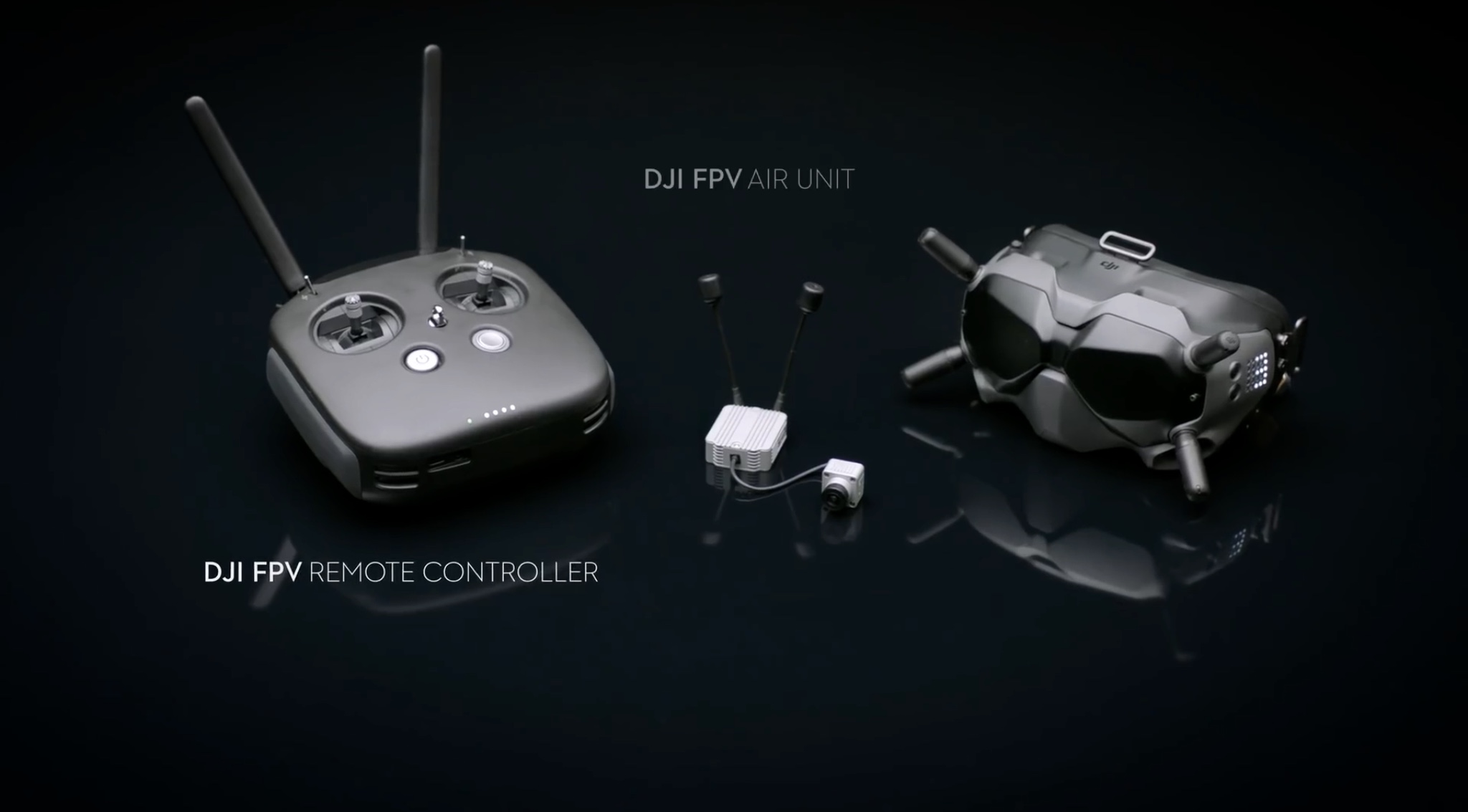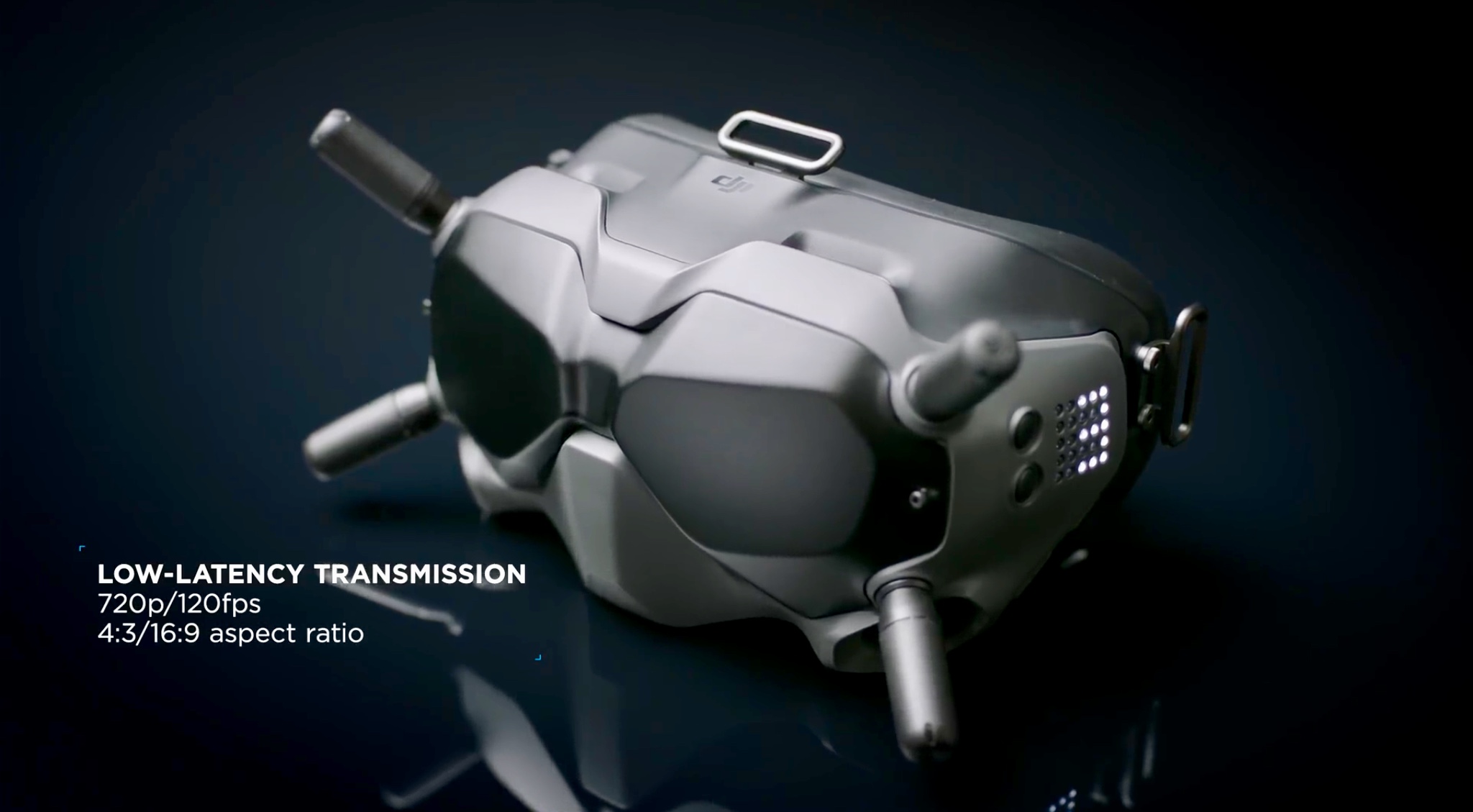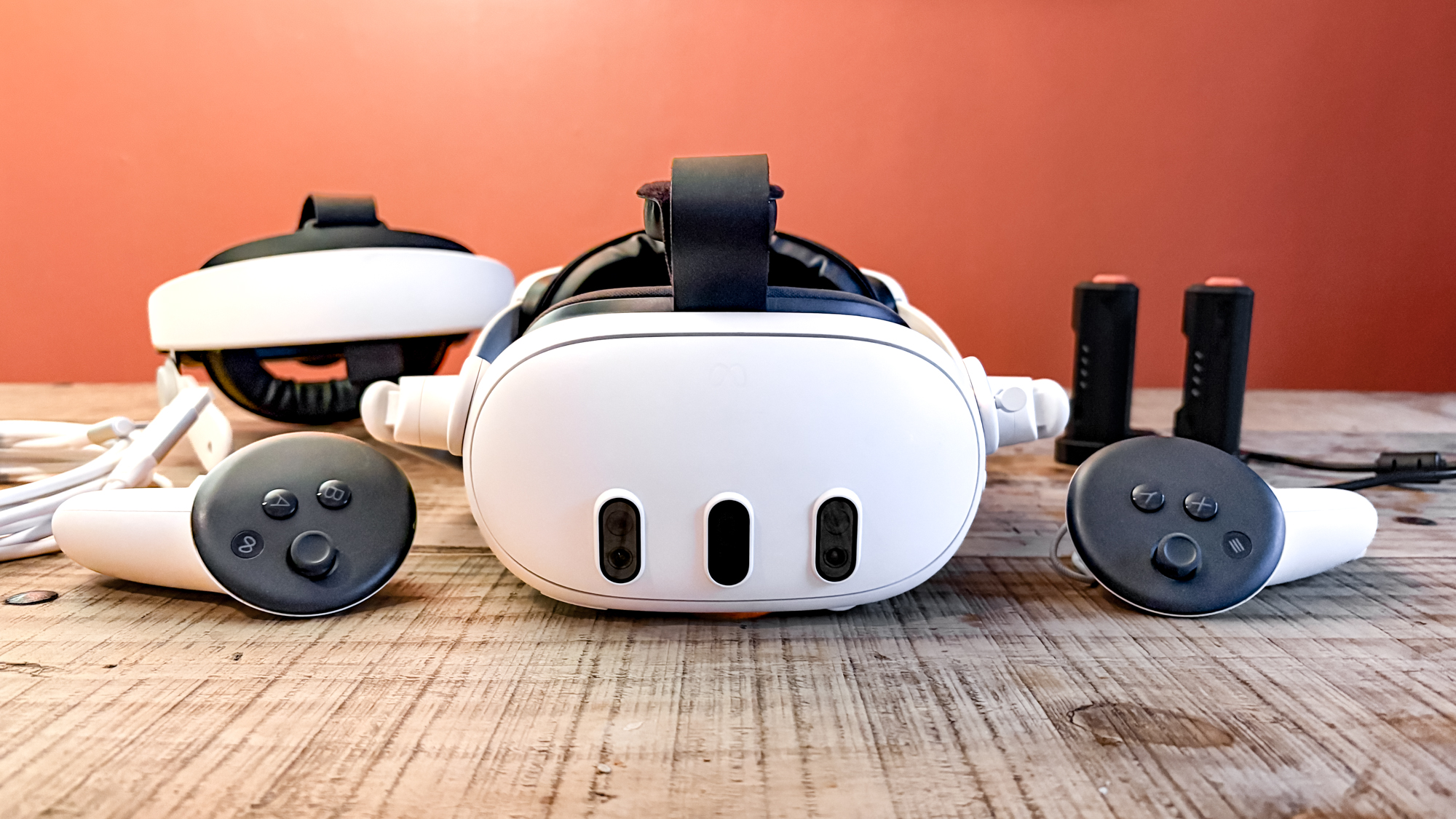Video: DJI's New Drone Pilot System Is the Closest Thing to Feeling Like Iron Man
Fly like a superhero

The first thing I thought when I saw Iron Man was how would it feel to experience the exhilarating freedom of zooming through canyons and mountains like Tony Stark. Looking at this demo video released by DJI, its Digital FPV System seems like the closest I will ever get to having that feeling.
As you can see in the comparison shots, first-person view drone pilots have been using really crappy analog video to control their drones. Those systems offered low resolution and often suffered from poor connection video hiccups. DJI claims that their new 100% digital system solves all those problems and adds features that weren’t even available before. We tried the Digital First Person Viewing (FPV) Transmission System ourselves and came away very impressed.

The system has four components: a digital streaming module, a 4-megapixel camera with a 1/2.3-inch CMOS module with a 150 degree diagonal field of view, a remote control, and the goggles, which have 2-inch 1440 x 810-pixel, 120Hz displays.
The streaming module can send video from drones up to 4 kilometers away with a maximum latency of 28 milliseconds. And it does it at 720P resolution and 120 frames per second, which is fast enough to make you feel like you are flying. As you pilot, the goggles can also record digital video at 1080p resolution and 60 frames per second, thanks to its built-in microSD cards.

The unit uses some clever techniques to maintain the quality of the video even if the signal degrades due to any potential interferences. Its centered mode, for example, automatically lowers the quality of your peripheral vision, dedicating most of the available bandwidth to keep the center of the image — where your eye is focused and sees better — crystal clear.
The company claims that the camera also offers three different video modes. One of them is optimized for racing, which highlights brightly colored objects to help them in race obstacle courses. The standard mode is for day use and leisure, with more details and reduced color loss. Finally, the LED mode is for night flying, which increases the saturation and reduces the noise from the low lighting conditions.
DJI’s specs say that it also supports up to 8 different transmission channels, giving the opportunity for eight pilots to race together. On the side of the goggles there’s also a LED number that indicates the pilot ID, which the audience can use to see what that pilot is seeing in their smartphones.
Get instant access to breaking news, the hottest reviews, great deals and helpful tips.

The goggles’ design is sick, by the way, like some alien insect vision system. It reminds me of the F-35 Lightning II helmet.
The only bad thing: it’s not stereo. It only has one camera, so you will not be seeing in 3D. Hopefully the next version will change that but. Until then, I will be lusting for this $819 system ($929 with the drone controller). The truth is that I have never wanted a drone, knowing how bad the image quality was for FPV flying. This new plug-and-play system changes that.
Jesus Diaz founded the new Sploid for Gawker Media after seven years working at Gizmodo, where he helmed the lost-in-a-bar iPhone 4 story and wrote old angry man rants, among other things. He's a creative director, screenwriter, and producer at The Magic Sauce, and currently writes for Fast Company and Tom's Guide.

